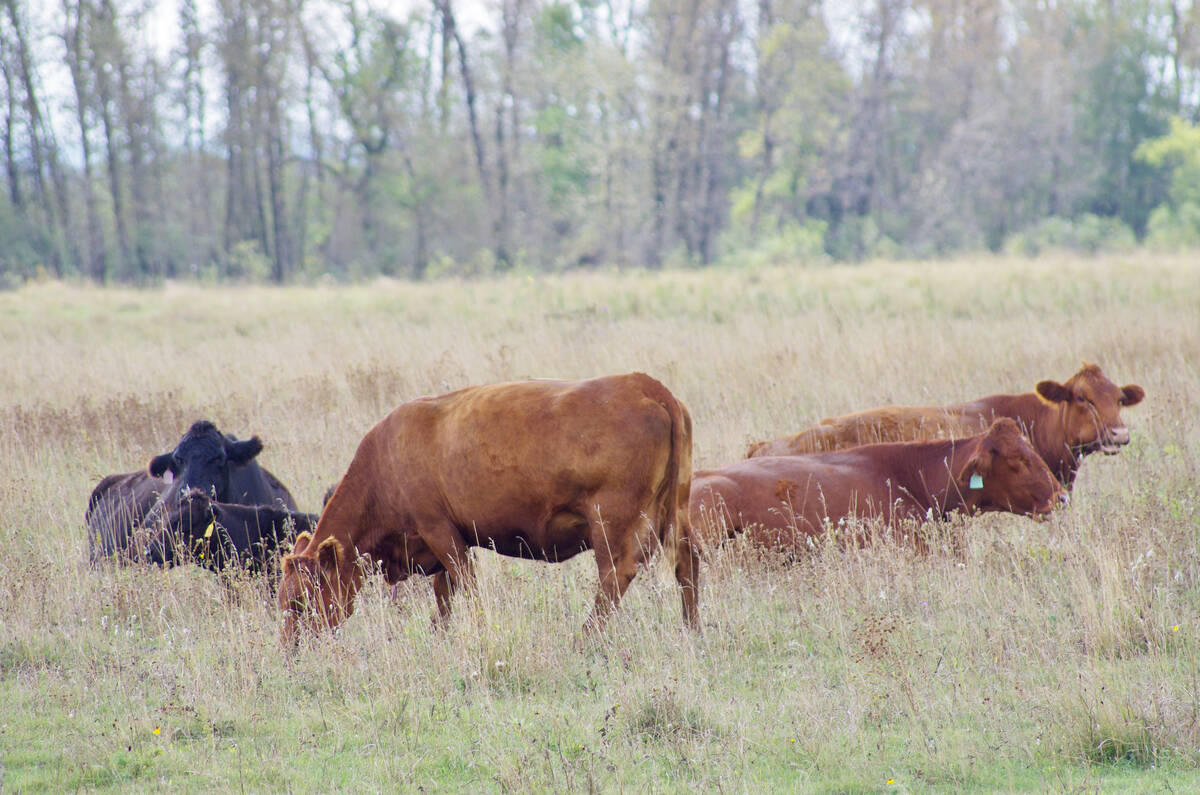Chicago | Reuters — Excessively wet conditions in the northern U.S. Plains and Canadian Prairies have hurt the quality of the region’s spring and durum wheat crops, potentially tightening supplies of top grades of the grains, handlers and agronomists said.
Rains and heavy dew have slowed the harvest and, worse, caused mature, un-harvested wheat kernels in some areas to begin to sprout, severely damaging quality and triggering steep discounts from grain buyers of US$1 or more per bushel.
“It’s really bad news in a year like this, when commodity prices are so low to begin with,” said Joel Ransom, an agronomist with North Dakota State University in Fargo.
Read Also

U.S. livestock: Chicago cattle futures climb on post-Thanksgiving trade
Chicago | Reuters – Chicago Mercantile Exchange’s live and feeder cattle futures ticked up on Friday in a day of…
Farmers in North Dakota, by far the largest U.S. spring wheat producer, have already endured low prices for soybeans, the state’s top-grossing crop. Soy surpluses in North Dakota and elsewhere have ballooned due to several years of bumper harvests coupled with slowing export demand as the U.S trade war with top soy buyer China enters its second year.
Hard red spring wheat, grown in the northern Plains and milled into flour for bagels, pizza dough and for blending with lesser grades of wheat, typically represents about 20-30 per cent of the total U.S. wheat harvest.
U.S. and world wheat supplies remain ample overall, but the quality problems may lift cash prices for the best grades of wheat sought by millers.
North Dakota’s spring wheat was 73 per cent harvested by Sunday (Sept. 15). Crops still standing due to weather delays — some 86 million bushels — are likely to have the poorest quality.
“We’ve had enough rains coming through that anything is out there now, or that has been recently harvested, has probably been challenged,” Ransom said.
In Canada, the wheat harvest is less advanced. Farmers had gathered 13 per cent of Saskatchewan’s spring wheat crop as of Monday, the province said in a weekly report. Harvest progress for all crops in the province totaled 23 per cent, half the five-year average pace of 50 per cent.
The top grades of U.S. and Canadian spring wheat “just are not going to be available in the same volumes,” said Chuck Penner, analyst at Winnipeg-based LeftField Commodity Research. He added that the weather was also causing problems for durum wheat, used to make pasta.
“Durum is looking awful too… Half the crop might end up essentially going to the feed market. We are just starting to see the (market) reaction,” Penner said.
Benchmark December spring wheat futures on the Minneapolis Grain Exchange have climbed about eight per cent since hitting a contract low on Sept. 3, as the quality problems were beginning to emerge.
— Julie Ingwersen is a Reuters commodities correspondent in Chicago.
















